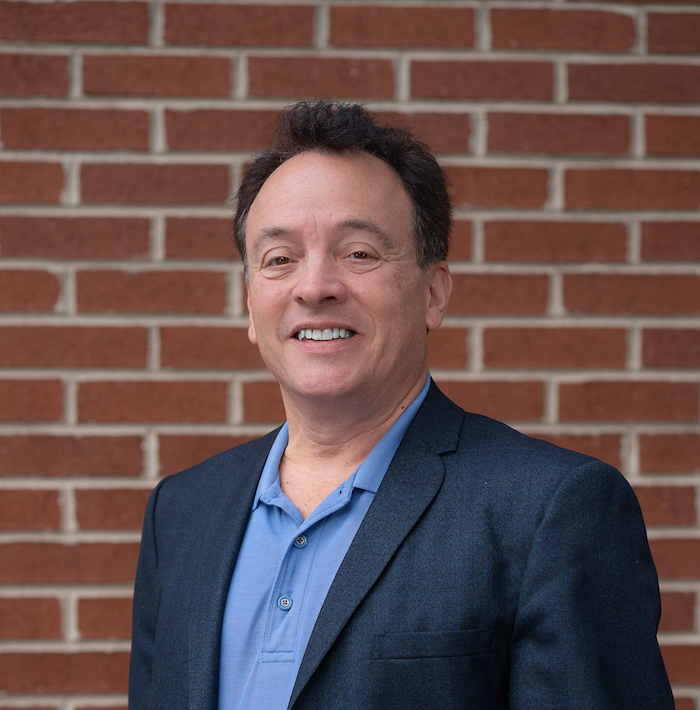In mid-February, the National Education Association, the nation’s largest union, endorsed in-school-day high-impact tutoring. Here’s the heart of what they said: “The research is clear: high-impact tutoring improves student learning. Over the past few years, finding a consensus around the most effective strategies and interventions to address post-COVID learning recovery has largely been elusive. However, there is widespread agreement that high-impact, or high-dosage, tutoring holds tremendous promise. Where it has been properly implemented, high-impact tutoring produces large learning gains for many students, particularly those who have fallen behind academically.
That’s the conclusion of an increasing number of researchers, school leaders, and classroom teachers who have seen the practice in action. High-impact tutoring has been shown to be 20 times more effective than standard tutoring models for math and 15 times more effective for reading. Studies demonstrate that the practice increases students’ learning by an additional three to 15 months across grade levels. High-impact tutoring has not been enacted in many districts, but it should be.
As one of the two co-designers who pioneered in-school-day tutoring in a US public school (Mike Goldstein and I, at Match Charter High School in 2004), and subsequently, as co-founder of the nation’s trusted nonprofit partner for helping states and districts get tutoring right (Saga Education), I was thrilled to read this important announcement. Here’s why.
Saga Consult
Replicating the Success of High-Dosage Tutoring
Tutoring in public schools began in 2004 at a little school in Boston. There, our students, who came to our high school in an open admission lottery, were, on average, three years behind grade level when they enrolled as high school freshmen. That startled me. Prior to Match, I had served with the MA Department of Education for nine years, including a period as Deputy Commissioner, and the fact that the average ninth grader comes to public high school in Massachusetts cities three years behind grade level was never discussed or even noticed. And yet, it was the reality on the ground, not only at this little charter school near Boston University but across the nation’s cities. When kids come to 9th grade three years behind, how does a teacher, no matter how knowledgeable of their content, industrious, committed, and determined, catch kids up in a class where the heterogeneity of kids could be as wide as 6 to 8 years? Especially for rookie teachers and even those in their second year (together, they comprise 50% of urban teachers), differentiating instruction to meet the kids where they are is a hypothetical impossibility. And therefore, kids get triaged. The stumbling block–the chokepoint toward high school graduation–is Algebra 1. Many students fail high school Algebra 1 because they haven’t mastered the prerequisite skills that should be gained in middle school–ratios, fractions, proportions, and decimals. Kids who fail Algebra 1 graduate at a rate one-fourth as high as those who pass it because many drop out for academic failure, and Algebra 1 is the most failed course in HS. So we face a structural, chronic crisis that falls mercilessly on the backs of kids who come from families experiencing poverty, which in this country means, for the large part, kids who are Black and brown. So we took this idea of high-dosage tutoring out of the little Match School in Boston and tried it in Houston, TX. And it worked there. And we took it to Lawrence, MA, a district under state receivership–and it worked there. Then, Stamford, CT; Chicago, IL; New York City, D.C.; Broward County, FL; Charleston, SC; Providence, RI–and it works when done correctly. Then COVID arrived. With kids’ rate of learning stymied, policymakers, researchers, and philanthropists all said to look at the evidence about tutoring.Leveraging High-Impact Tutoring as a Tool for Educational Innovation
And if they’d asked, they would have found teachers who agreed. Teachers like those in Lawrence, MA, who initially were afraid of tutors coming to their schools (“They’re coming to take your jobs!” some declared). Instead, teachers would give their struggling students notes to work with their tutor on this standard. Teachers would come into the tutoring room and watch their kids behave differently from the way they behave in a class of 25 or 30. In a tutorial of 2 or 3, kids show what they know and are not afraid to show what they don’t know, unlike a classroom where many would disengage or deflect or hide from peer scrutiny. In tutorials, tutors can work on what the students need in real-time, personalized to where they are. I’ve recently visited teachers in Orlando, FL, and Odessa, TX, who have their tutors in their classrooms. The teacher oversees the tutoring, gives tutors their own small groups, and keeps some groups for themselves. There’s a partnership. Teachers now say they can’t do without the tutors. So–when the teachers union endorses this idea, the possibility that this can last just gained a major boost. Interestingly, plenty of others, including conservative groups that are typically skeptical of public education’s chances, say they like tutoring too because the evidence is clear that there’s a strong return on investment. Investment in expanding tutoring is a must. Multiple federal funding streams, including Title 1, AmeriCorps, and federal work-study funds that could pay the wages of college undergrads to serve as tutors, can and should be used (and, in some places, are being used) to support tutoring. With the support of teachers, this intervention has traction. It could be a lever not only to support kids but to support their hardworking teachers…and to redesign how we educate kids in this country for generations to come. |
Alan Safran, Co-Founder, CEO, and Chair of the Board of Saga, has a 30-year public education career specializing in high-impact tutoring programs. He holds a law degree from George Washington University and a bachelor’s degree from Princeton. Alan splits his time between Boston and Washington, DC, with his wife, three adult children, and a black labrador named Colbie. |
